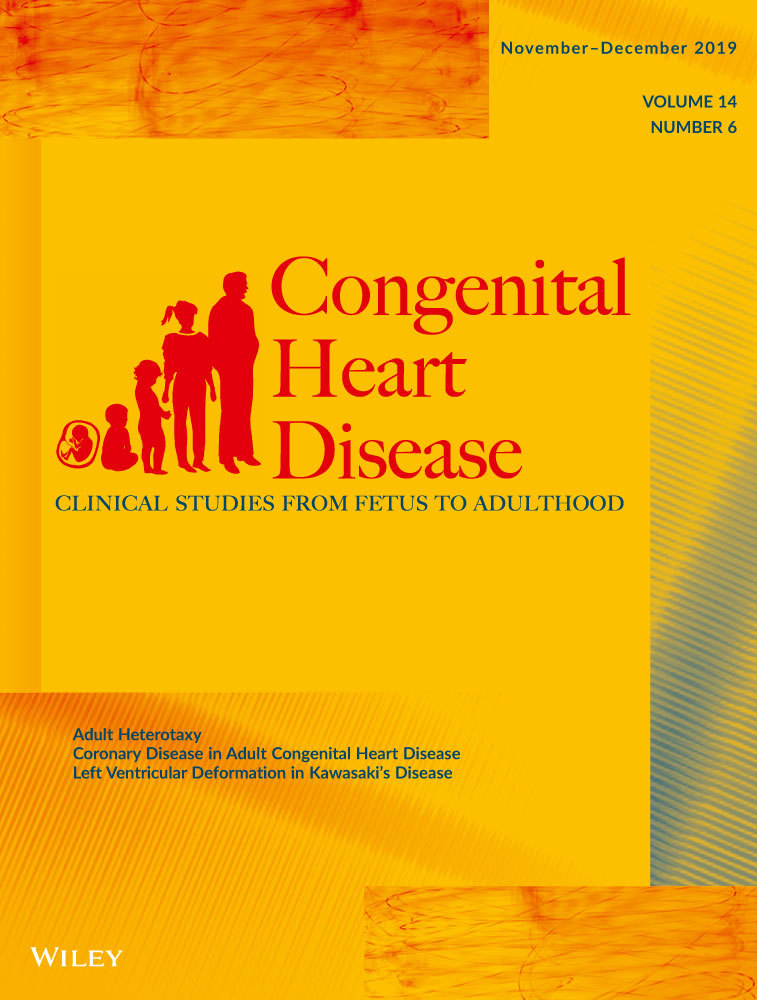Assessing hepatic impairment in Fontan-associated liver disease using the HepQuant SHUNT test
Abstract
Background & Aims
Fontan surgery for single ventricle congenital heart disease leads to Fontan-associated liver disease (FALD). Typical laboratory tests, imaging, and histopathology cannot predict clinical severity in FALD. HepQuant SHUNT is a proprietary serum test of hepatic function and physiology that has not yet been evaluated in FALD.
Methods
Fourteen adult FALD patients at a single urban tertiary care center who underwent a Fontan procedure in childhood received HepQuant SHUNT testing between September 2015 and April 2018. The HepQuant SHUNT disease severity index (DSI) assesses global liver function and physiology from systemic and portal hepatic filtration rates (HFRs, clearances adjusted for body mass) of orally and intravenously administered cholates labeled with deuterium or 13C. The SHUNT parameter of the test measures portal systemic shunting from the ratio of Systemic HFR to Portal HFR. Chart review included laboratory tests, imaging, and clinical findings. Data from FALD patients were compared with data from healthy controls.
Results
The average DSI and SHUNT values for the FALD patients were 17.5% and 36.1%, respectively, compared to 9.2% and 24.1%, respectively, for controls. Twelve (85.7%) FALD patients had a DSI >15 (upper limit of normal). Seven (50.0%) FALD patients had SHUNT values >30% (upper limit of normal), while three FALD patients (21.4%) had SHUNT values >49%. One FALD patient with preoperative SHUNT of 69%, who underwent a combined heart-liver transplant, had confirmed cirrhotic morphology within the liver explant.
Conclusions
This pilot study demonstrated that most FALD patients had hepatic impairment detected by abnormal DSI, with a smaller number having markedly elevated SHUNT values >49% suggesting intrinsic liver disease. The HepQuant SHUNT test may be useful in detecting and quantifying liver disease severity in FALD patients.
CONFLICT OF INTEREST
Dr. Ganger receives a consulting fee from HepQuant LLC. No specific funding was received for this study through HepQuant LLC. The HepQuant SHUNT testing was paid by the institutional grant awarded to Dr. Ganger and Dr. Lemmer. Dr. Everson is formerly the Director of Hepatology at the University of Colorado Denver. In addition, he is the founder, CEO, and an equity member of HepQuant LLC. He was involved in developing the conceptual framework for using HepQuant SHUNT for assessing hepatic impairment in cardio-circulatory disease. He did not participate in drafting of the study protocol or final study design, but he did participate in data analysis and final editing of the article. Steve Helmke PhD is an employee of HepQuant LLC. He was not involved in project design, but he was involved in data analysis and final editing of the article.




